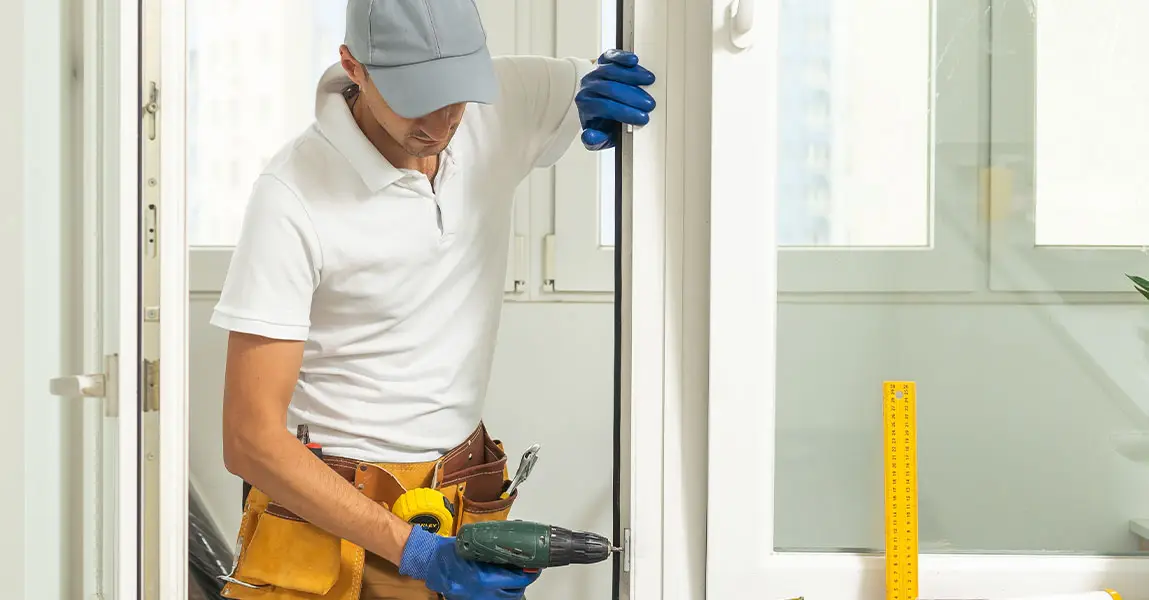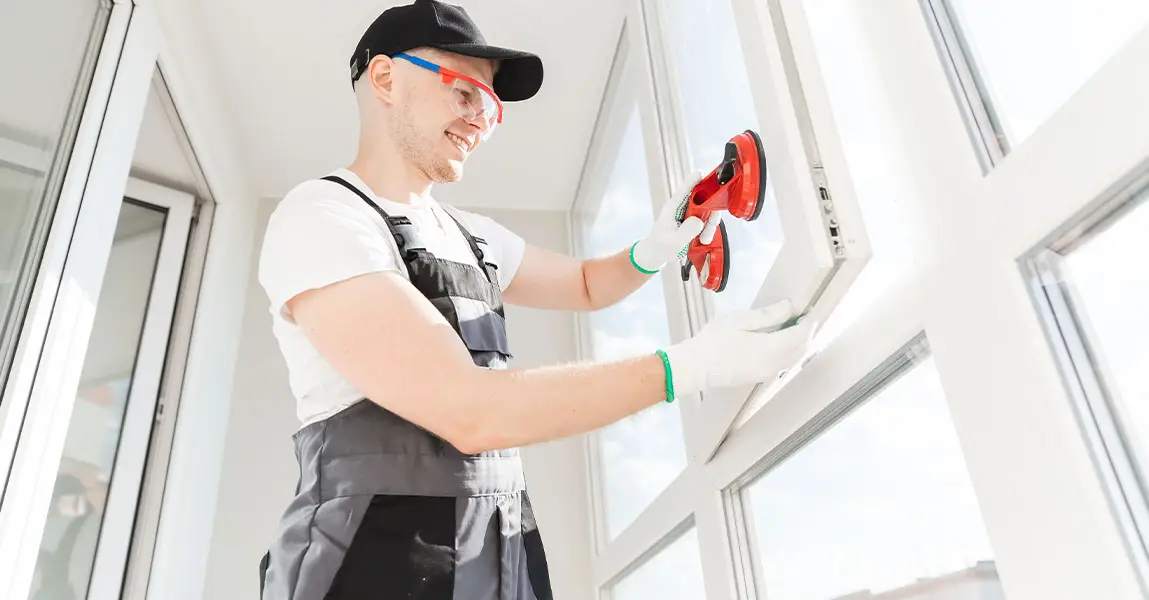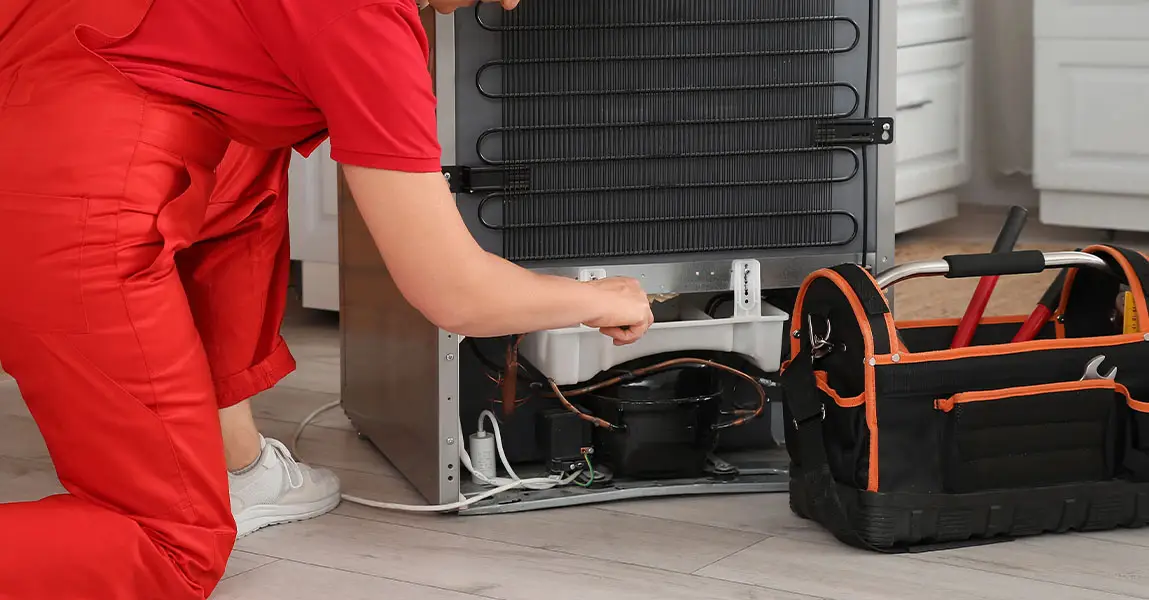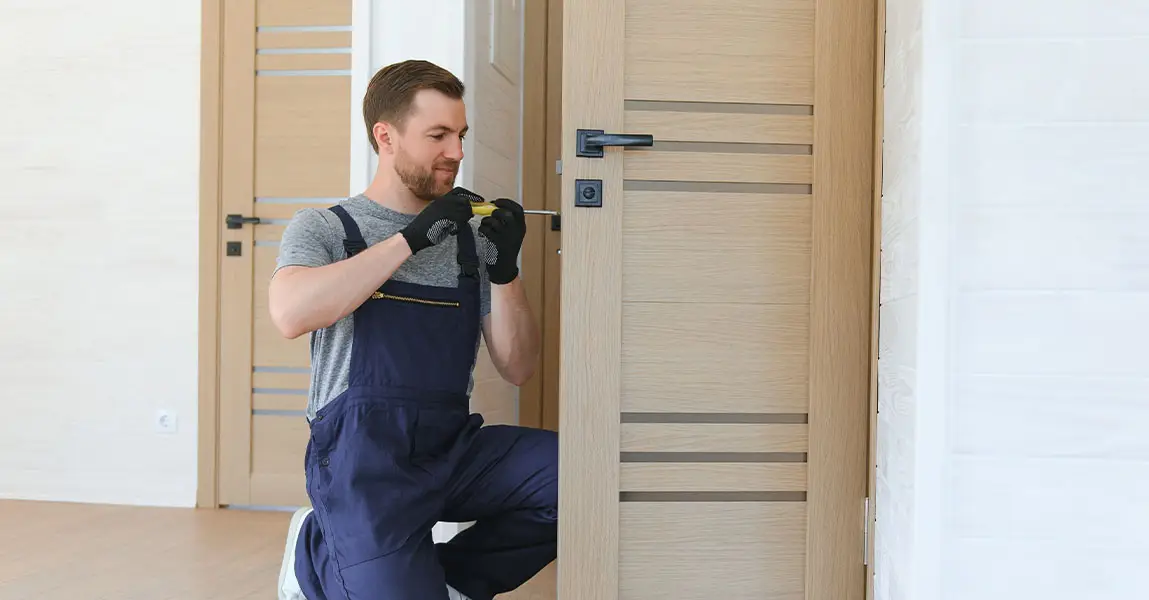Old or failing windows may not seem like a pressing issue at first glance. However, the consequences of keeping them around too long can quietly build up in the form of rising energy bills, uncomfortable drafts, and even water damage. Understanding the signs that point to needed replacement can help you avoid costly repairs later. Therefore, recognizing these issues early gives you more control over your home’s long-term comfort and safety.
This guide lays out the most common signs that it might be time to replace your windows. In addition, it includes insights you may not hear often, so you can make smarter decisions with confidence.
Drafts Are Becoming the Norm
If you can feel cold air near your windows during the winter, or warm air during the summer, that’s a clear red flag. This usually means the seals have failed. Consequently, your home’s HVAC system is working overtime to keep the space comfortable, which leads to higher energy costs.
Another quick test you can try is holding a lit candle near the edge of the window on a breezy day. If the flame flickers or goes out, air is moving in or out through gaps. Similarly, if you notice curtains shifting even when the window is shut, that’s another clue that air is leaking through.
Condensation Is Trapped Between Glass Panes
Double and triple-pane windows are designed with insulation in mind. However, when the seal between panes fails, moisture can get trapped inside. Therefore, if you notice fog or condensation forming between panes that never goes away, it’s a sign the insulating gas has leaked out.
This not only reduces the window’s thermal efficiency but also points to long-term failure. In other words, the glass is no longer functioning as intended, and this could affect your home’s comfort and energy efficiency more than you realize.
Your Energy Bills Are Increasing Without Reason
You might already track your monthly energy bills. But if you’ve ruled out other causes like furnace problems or insulation gaps, your windows could be the hidden culprit. Heat transfer through older or damaged windows can significantly strain your heating and cooling systems.
For example, if your AC seems to be working harder than usual to maintain the same temperature, take a closer look at the window seals and frame condition. Likewise, homes with wood window frames may see warping over time, which creates gaps and allows air to escape or enter freely.
Windows Are Difficult to Open or Close
A window should glide easily when opening or closing. If you find yourself forcing it open or needing to jiggle it just right to close properly, it might be warped or swollen from moisture damage. In addition, sticking windows can be caused by frame expansion during extreme weather cycles.
More importantly, a window that doesn’t open or close correctly can be a safety hazard. For instance, it could block a potential emergency exit or fail to lock securely. Function should always be as important as appearance when evaluating window condition.
You Hear Every Sound from Outside
Good-quality windows provide a certain level of sound insulation. However, if you can hear passing traffic, barking dogs, or neighborhood noise clearly even when the windows are shut, it could mean the insulation has broken down. That is to say, the window is no longer serving one of its essential roles: blocking outdoor disturbances.
Older single-pane windows are especially weak in this area. Similarly, older double-pane windows with compromised seals won’t offer the noise protection newer designs can. This issue is often overlooked but can seriously affect your quality of life indoors.
Frames Are Rotting or Showing Signs of Water Damage
Wooden frames in particular are vulnerable to moisture damage. If you see peeling paint, soft spots, or signs of mold around your window frames, it’s more than just a cosmetic concern. Therefore, those issues usually indicate water infiltration that could be spreading further than you can see.
In some cases, rot can extend into the wall structure, leading to far more expensive repairs. Likewise, mold near the windows can affect indoor air quality. Addressing these issues early with Windows and Doors Replacement and Installation helps prevent deeper structural damage and health risks.
You Still Have Single-Pane Windows
Older homes often come with single-pane glass. While these may have historical charm, they fall short in terms of energy efficiency, insulation, and durability. Therefore, even if they appear intact, replacing them with modern, energy-efficient windows can save money and boost comfort.
Modern windows offer improved materials, low-emissivity coatings, and insulating gas layers that single-pane designs can’t match. For instance, if your home feels cold in winter even when the heat is on, single-pane windows might be the reason.
Visible Damage to Glass or Frames
Cracks, chips, or visible distortions in the glass are easy to spot, but often ignored if they don’t seem urgent. However, even small cracks can weaken the structure of the window. That is to say, over time they can spread and make the window more vulnerable to impact or temperature shifts.
Moreover, cracked or chipped glass can impact safety. Children and pets may lean or bump into them, increasing the risk of injury. The same goes for damaged frames, which can affect how the window operates and looks.
Fading Furniture and Flooring
If you notice that your furniture or flooring near the windows is fading over time, that could mean your current windows lack UV protection. Modern designs often come with coatings that reduce UV penetration. Therefore, when fading becomes a pattern, it’s a sign that your windows are due for an update.
UV damage doesn’t only affect looks. In addition, it weakens fabrics and materials, reducing their lifespan. Upgrading your windows helps protect your interior investment, especially in bright, sunny rooms.
Your Home’s Exterior Looks Outdated
While functionality is critical, curb appeal also matters. Worn, warped, or peeling windows can drag down your home’s appearance even if everything inside works fine. Therefore, window replacement is sometimes a visual upgrade just as much as a functional one.
In some cases, homeowners choose to update their windows to match a renovation or to modernize the look of the house. Likewise, if you’re preparing to sell, new windows can boost your home’s market value and attract buyers more easily.
Tips for Making the Right Window Replacement Choice
Once you decide it’s time to replace your windows, choosing the right materials and installation process becomes the next priority. Vinyl, fiberglass, and wood-clad options each offer benefits depending on your climate, budget, and style. Therefore, doing some research before committing can pay off in the long run.
It also helps to consult professionals who specialize in Windows and Doors Replacement and Installation services. If you’re ready to move forward or simply want advice tailored to your home’s condition, you can always get in touch with a local expert for support and estimates.
Below are answers to some of the most common questions about window replacement.
FAQ
How long do modern windows typically last?
Most modern windows last between 15 to 25 years, depending on materials, installation quality, and climate conditions. Regular maintenance helps extend their lifespan.
Can I replace windows one at a time?
Yes, you can. However, replacing several at once may offer better energy savings and help maintain a consistent appearance throughout your home.
Do new windows really save energy?
Yes, especially if you’re replacing old or damaged ones. New windows with energy-efficient features help reduce heat loss and lower monthly utility costs.
What should I consider before choosing window materials?
Consider insulation value, appearance, required maintenance, durability, and cost. Each material has its strengths depending on your priorities and local weather.
How can I tell if window installation was done properly?
Proper installation results in smooth operation, no drafts, and tight seals. If you see gaps, condensation, or struggle to open the windows, it may be a sign of poor installation.











